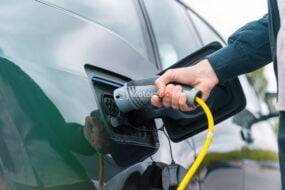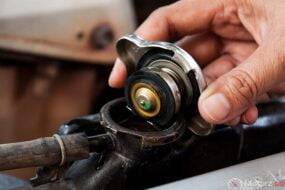Car Won’t Start Tips For Troubleshooting a no-Start Condition. that refuses to start is a driver’s worst nightmare, especially when you’re in a rush or stranded in an unfamiliar place. The reasons behind a no-start condition can be as varied as the models on the road, but fear not—this comprehensive guide will equip you with the knowledge to troubleshoot and, hopefully, get your wheels rolling again.
Check the Basics:
The first step in unraveling the mystery of a silent engine is to inspect the basics. Car Won’t Start Ensure that the battery terminals are clean and securely connected. A loose or corroded connection might be the sole culprit behind your car’s reluctance to start. A weak or dead battery is a common offender. If the lights on your dashboard are dim or nonexistent, your battery might need a jump start or replacement. Consider the age of your battery; they typically last between 3 to 5 years.
Ignition System Inspection
Moving beyond the battery, delve into the ignition system. A faulty ignition switch, starter motor, or solenoid could be the root cause. Listen for any unusual sounds when turning the key—clicking or grinding might indicate an issue with these components.Ensure that the battery connections are clean and secure. Corroded or loose connections can lead to a lack of power to the starter motor.
Fuel System Funkiness
Inadequate fuel delivery is another potential hiccup. Car Won’t Start Check the fuel gauge to ensure there’s enough gas in the tank. A clogged fuel filter or a malfunctioning fuel pump can also thwart the flow of fuel, leading to a no-start situation Worn-out or fouled spark plugs can disrupt the combustion process, leaving your car stranded. Regularly inspect and replace spark plugs according to your vehicle’s maintenance schedule.
Engine Overheating
An overheated engine may trigger an automatic shutdown to prevent damage. Check the temperature gauge on your dashboard; if it’s in the danger zone, allow the engine to cool before attempting a restart. The alternator plays a crucial role in keeping your battery charged. If your battery is frequently losing charge, it might be a sign of alternator trouble. A malfunctioning alternator requires professional attention.
Sensors and Sensors Everywhere
Modern cars are equipped with a myriad of sensors. A malfunctioning crankshaft position sensor, camshaft position sensor, or other vital sensors can disrupt the engine’s rhythm. A diagnostic scan tool can help pinpoint these issues. Sometimes, the car’s security system might mistake you for a car thief! If the security light on your dashboard is blinking, consult your vehicle’s manual for instructions on resetting the security system.
Transmission Tango
Automatic transmission glitches can also contribute to a no-start scenario. Ensure your car is in the ‘Park’ or ‘Neutral’ position before attempting to start, as a faulty neutral safety switch can prevent ignition.Automatic transmission glitches can be a potential factor contributing to a no-start scenario in your vehicle. It’s crucial to confirm that your car is in either the ‘Park’ or ‘Neutral’ position before attempting to start the engine. This is particularly important because a malfunctioning neutral safety switch can interfere with the ignition process.
Conclusion
Car Won’t Start While a no-start situation can be a headache, it’s not necessarily the end of the road. Armed with these troubleshooting tips, you can navigate through the labyrinth of possibilities and, in many cases, revive your car back to life. Remember, when in doubt, seeking professional help ensures a swift resolution and gets you back behind the wheel with confidence. Happy driving. If you find yourself experiencing a no-start issue, take a moment to ensure that the transmission is in the correct position.






